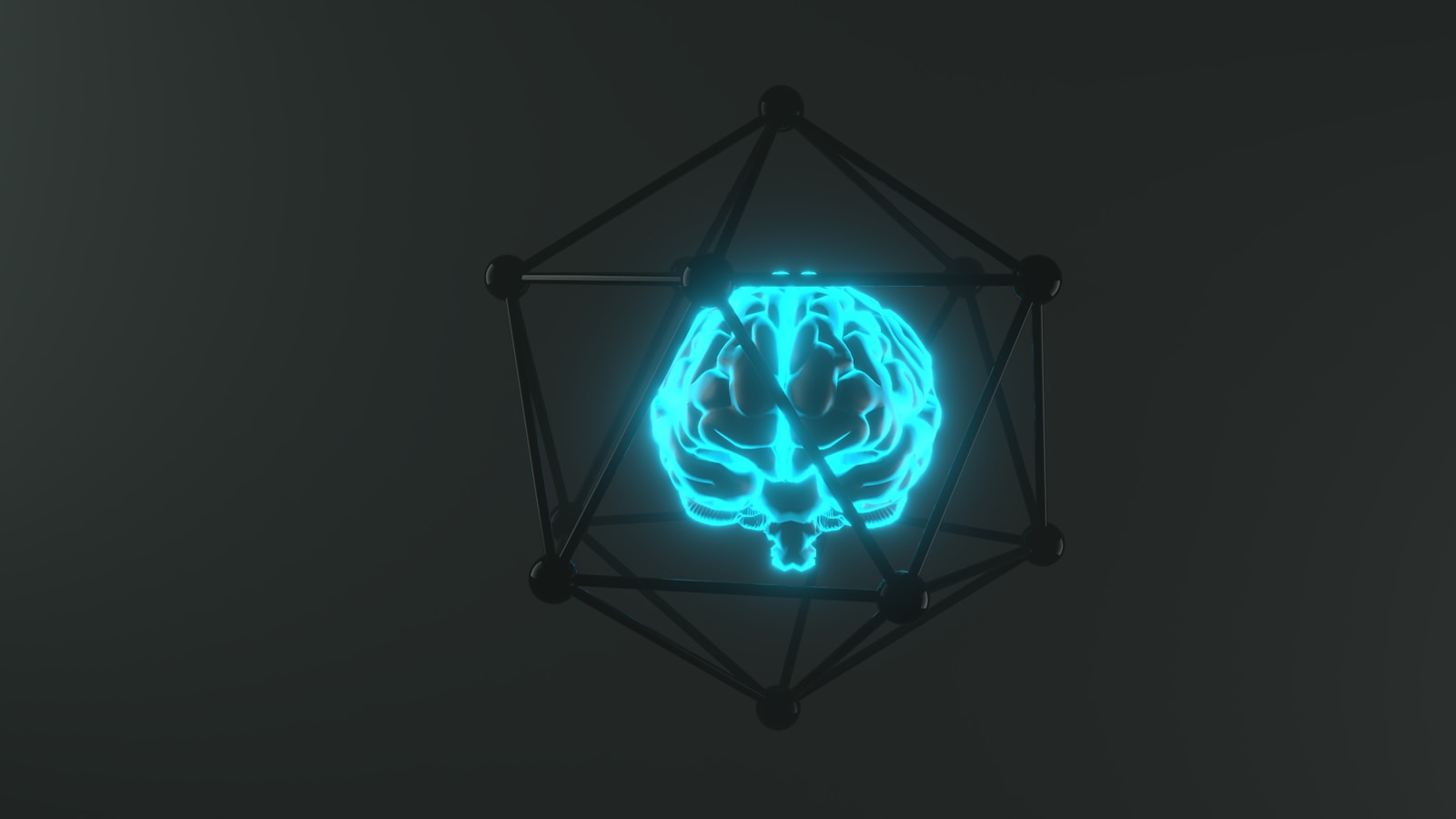In part one of this series, we explored various people science theories on our individual attachment to finding purposeful work. We then augmented that in part two, uncovering the science behind what makes or breaks a team. We looked, in particular, at the choice dynamics of making decisions and interacting with our colleagues.
Now, in part three, we will zoom in a little closer to people’s inner world. We will seek to understand how our unique energies and preferences may show up at work, ultimately shaping how we best perform.
“All work is engineering”
For context, Perry’s most recent book ‘The HR Operating Model, Designing a people function that supports the workforce and the business’ (2025, Kogan Page), opens with a realisation that “all work is engineering”.
How exactly is a system of work ‘engineering’? In the sense that it coordinates complex systems to meet desired outcomes of compliance, optimisation and prosperity.
From this, it is deduced that HR, specifically, is an engineer of people and systems at work; neither of which are predictable.
Different fields of science help us to understand what isn’t predictable. We can then adjust accordingly and be as definitive as we can about our ‘engineering’ of people and systems. In that pursuit, we can use the fields of psychology and behavioural science.
When exploring individual behaviours, engineering might seem not only difficult but, at times, nigh on impossible. We are complex enough at an individual level, let alone when set in social and occupational settings. So to start with, we’ll look at one of the most underpinning theories there is in human psychology. The Big Five personality traits.
OCEAN: The Big Five personality traits
Coded as OCEAN (Openness, Conscientiousness, Extraversion, Agreeableness, and Neuroticism), these traits assess what makes us ‘operate’ as unique individuals.
To understand a collection of people at work – largely in a team – we would be wise to consider each person within this construct. We should ask ourselves how engineered circumstances might impact people’s behaviour – both individually and collectively.
Each of the Big Five reflects a spectrum. For example, high conscientiousness indicates reliability and discipline, while low neuroticism suggests emotional stability and calmness.
The model is grounded in decades of research, notably by Costa & McCrae (1992).
We covered motivation in part one of this series. In this personality context, it’s less about what stokes our inner fires and more about how we are actually ‘made up’ and how we are ‘being’.
We might consider our state of being as a combination of circumstances, choices and instinctive ways of operating. When those circumstances change, and we face difficult and different choices, why do we act in the way we do?
How the Big Five show up at work
Openness
- High: Brings creativity, curiosity, and adaptability. They thrive in ambiguous situations and spark innovation.
- Low: Prefers routine, proven approaches, and predictability. They are stabilising in a team but can resist change.
- Team lens: Too much openness can scatter focus; too little may stifle progress. The ‘engineer’ role for HR and leaders is to channel openness into practical innovation, while respecting the value of consistency.
Conscientiousness
- High: Reliable, disciplined, and organised. These are your project drivers, the ones who make sure commitments are met.
- Low: More spontaneous, flexible, and less bound by process. They are sometimes the ones who spot opportunities others miss.
- Team lens: Teams need both: Too much conscientiousness risks rigidity and burnout, while too little can mean missed deadlines. Balancing structure with agility is the design challenge.
Extraversion
- High: Energetic, outgoing, and quick to connect. They keep momentum in meetings and relationships alive.
- Low (introverted): Thoughtful, reflective, and often the ones who catch nuance or risk others overlook.
- Team lens: Extraverts can dominate if unchecked; introverts can withdraw if ignored. Effective teams engineer spaces for all voices to surface – from workshops to asynchronous inputs.
Agreeableness
- High: Cooperative, empathetic, and conflict-averse. They hold the team together in trust and collaboration.
- Low: More direct, sceptical, or competitive. This can be valuable for challenge, critique, and ensuring robust debate.
- Team lens: A team of ‘high agreeables’ may avoid hard conversations; too many ‘low agreeables’ may fracture trust. Healthy tension is engineered by setting norms for constructive challenge.
Neuroticism (sometimes reframed as emotional stability)
- High: More prone to stress and sensitivity. They may detect risks early but can feel overwhelmed.
- Low: Calm, steady, and resilient under pressure. They bring reassurance in uncertainty.
- Team lens: A blend helps. Those with higher neuroticism can act as ‘early warning’ systems; those with lower neuroticism can ground the team. Leaders can engineer psychological safety to ensure everyone feels secure enough to perform.
From traits to team engineering
When HR leaders recognise these patterns, they stop seeing personality as ‘fixed quirks’ and instead view them as operating parameters. The tolerances, flexibilities, and stresses in the human system. Just as in engineering, knowing the properties of your materials helps you design stronger, more adaptable structures.
Understanding OCEAN in this way gives us:
- Language for difference (without judgement).
- Clues for role fit (who thrives where).
- Signals for support (who may need scaffolding under pressure).
- Design principles for teams (balancing creativity, discipline, energy, empathy, and resilience).






